

One critical aspect of crisis response is accountable reunification of students with their parents or guardians in the event of a school crisis or emergency. The Standard Reunification Method provides school and district safety teams with proven methods for planning, practicing and achieving a successful reunification.
No comparisons. The Standard Reunification Method is the Gold Standard.
Keep in mind though, this is an evolving process. While there is a smattering of science in these methods, there is certainly more art. Site-specific considerations will impact how these practices can be integrated into school and district safety plans. Successful planning and implementation also demands partnerships with all responding agencies participating in a crisis response.
Crisis recovery starts with the crisis, not after. Without a plan to reunite students and parents, we exacerbate the stress and potential trauma of the crisis itself and we jeopardize the responsibility of the school and district in maintaining the chain of custody for every student. No school is immune to emergencies; fires, floods, tornadoes, blizzards, power outages, bomb threats, acts of violence... this is just a short list of events that could initiate a release and reunification for a school or district.
A predetermined, practiced reunification method ensures the reunification process will not further complicate what is probably already a chaotic, anxiety-filled scene. In fact, putting an orderly reunification plan into action will help defuse the emotion building at the site.
It does not mean to be in a place where there is no noise, trouble, or hard work.
It means to be in the midst of those things and still be calm in your heart.
Downloadable versions of all materials are made available at no cost. Optionally, you can purchase printed books.

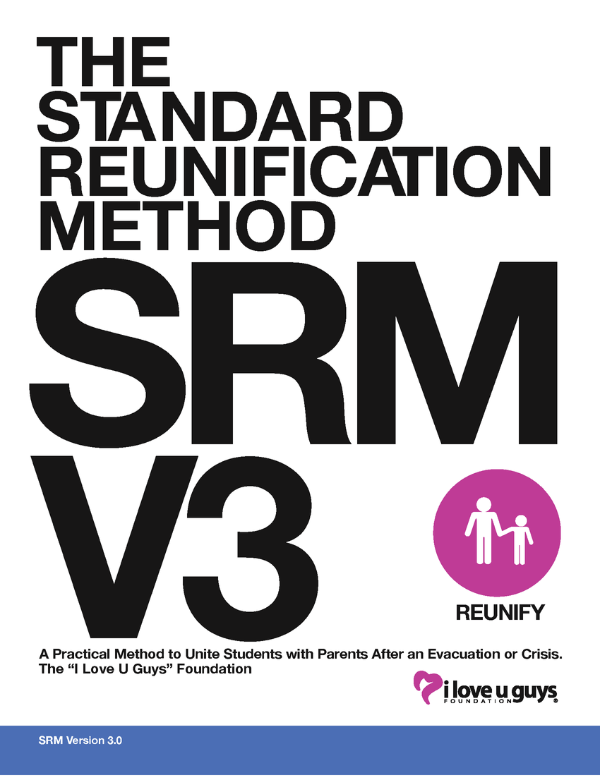
Reunification guidance for schools, districts, departments and agencies.
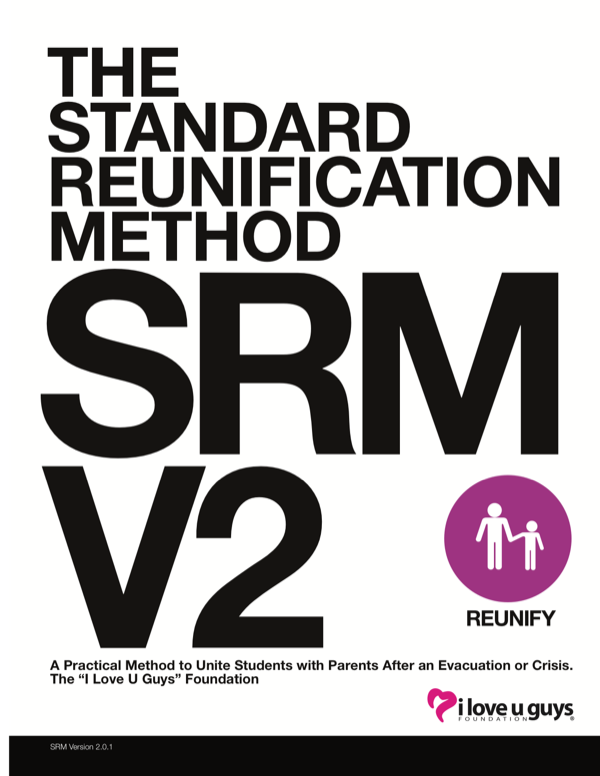
Reunification guidance for schools, districts, departments and agencies.
That was the summary report The “I Love U Guys” Foundation’s Executive Director, John-Michael Keyes, gave to the Foundation’s Board of Directors following the ALERRT Conference in 2014.
 Keyes was presenting at the conference and while there, Will Schwall, Deputy Marshal, City of San Marcos Marshal’s Office showed him the Reunification Operation Kit Hays County had developed. Conferences can get pretty busy and so it was already evening when Will popped the back of the Tahoe to show off the “Kit.”
Keyes was presenting at the conference and while there, Will Schwall, Deputy Marshal, City of San Marcos Marshal’s Office showed him the Reunification Operation Kit Hays County had developed. Conferences can get pretty busy and so it was already evening when Will popped the back of the Tahoe to show off the “Kit.”
It’s gratifying when a non-profit organization can see tangible outcomes. But it’s a testament to San Marcos and Hays County, Texas, that they are willing to share hundreds of hours of effort. To honor that commitment, the Foundation is releasing the work product as the “Reunification Operation Kit, Hays County Practical Implementation.”
The heavy lifting was accomplished by the City of San Marcos and the Hays County Sheriff’s Office. The Foundation has edited, anonymized and formatted the material to follow SRM V2 graphic standards.
The objective of this document is to give the user enough material to assemble Reunification Operation Kits (ROK). There is some level of effort on the user’s part in creating maps, site plans and evaluating routes. Additional effort in promoting, testing and exercising the kits with all of the stakeholders will be necessary.
This product is designed from an experienced emergency management perspective, therefore a solid understanding of the Incident Command System and incident action planning is required.
If You Buy It,
If You Build It,
It Gathers Dust.
It Gathers Fingerprints.
Additionally, a solid understanding of the Standard Reunification Method will be necessary. If the other materials on the Foundation’s website haven’t been reviewed, please download and evaluate those materials as well.
The goal is to create a self contained kit that can be brought to a reunification site and another kit for the impacted site. Hays County used file folders to accomplish a reunification. The ROK uses view binders with clear pages to accomplish the same. The kits contains written and graphic materials that can be distributed to reunification team members, on site, who perform the student/parent reunification. While there are some key roles where prior knowledge and training in the SRM is necessary, the kit contents have been created to allow for someone with no prior knowledge of the process to successfully understand, then perform their given tasks and duties, simply by opening and reading the contents of the binders.
The Hays County Practical Implementation is an extensive operations plan, designed from the perspective of a well-resourced city and county emergency management team. Smaller districts, agencies and counties should evaluate and scale to their environments.
Downloadable versions of all materials are made available at no cost. It would be great if you let us know you are using these materials.


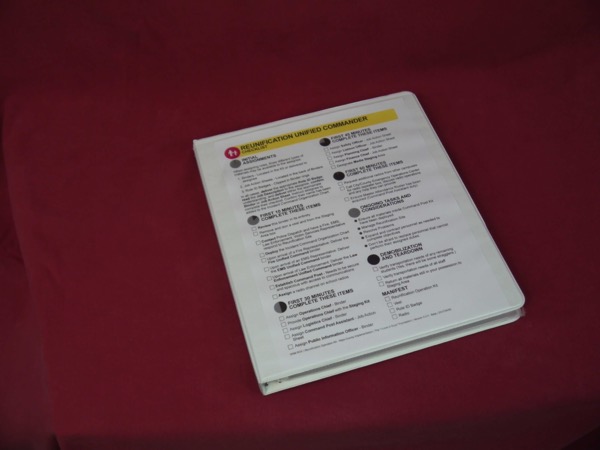
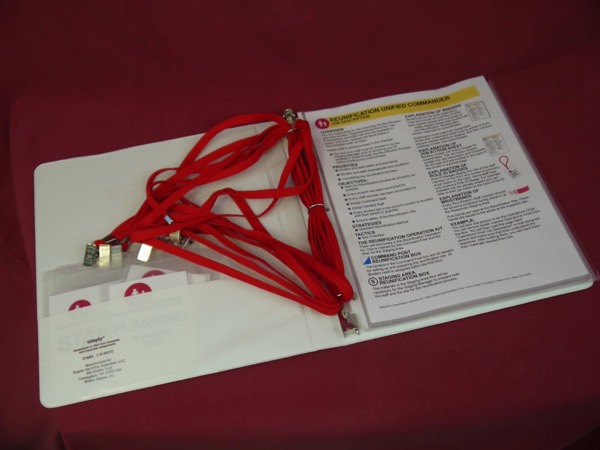

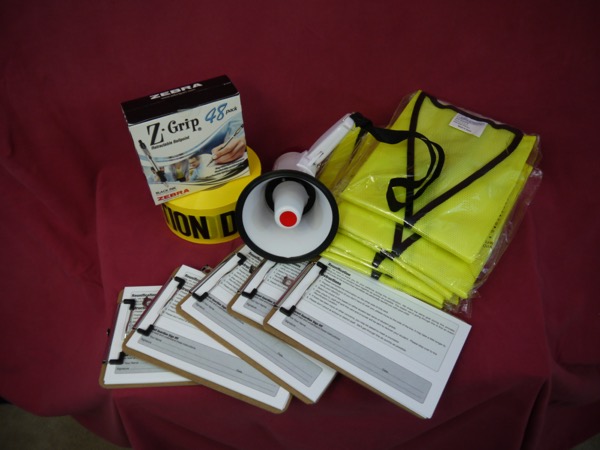
For many families, the reunification process can feel unfamiliar and overwhelming. This short, informative video helps take away the uncertainty. It gives parents and guardians a clear picture of what to expect during the reunification process so they can feel more prepared, confident, and calm should a reunification occur.
Download the Video
Para muchas familias, el proceso de reunificación puede resultar desconocido y abrumador. Este vídeo breve e informativo ayuda a eliminar la incertidumbre. Les brinda a los padres y tutores una idea clara de qué esperar durante el proceso de reunificación para que puedan sentirse más preparados, confiados y tranquilos en caso de que se produzca una reunificación.
Download the Video
In a crisis, dispatchers are the communications bridge between schools, law enforcement, and fire/EMS. And when a reunification is necessary, their role is critical. Dispatchers coordinate communications around the evacuation and transportation of students and staff, security of the reunification site, traffic control, and more. This video drops you into the action and shows why understanding the Standard Reunification Method (SRM) is vital for a smooth and safe reunification process.
Download the Video
To restore and protect the joy of youth through educational programs and positive actions in collaboration with families, schools, communities, organizations and government entities.